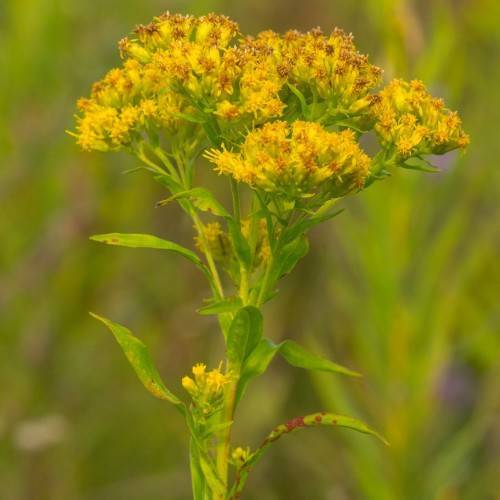
Riddell's goldenrod
Solidago riddellii
Cycle:
Herbaceous Perennial
Watering:
Frequent
Hardiness Zone:
3 - 7
Flowers:
Flowers
Sun:
Full sun
Leaf:
Yes
Growth Rate:
Low
Maintenance:
Low
Drought Tolerant:
Yes
Salt Tolerant:
Yes
watering
Watering your Riddell's goldenrod is crucial to maintain a healthy plant. As a general rule, the plants should be watered deeply once a week during the spring and summer months. Water the soil until it is saturated, allowing the water to penetrate the soil to a depth of 8-10 inches. When watering in hot, dry weather, water more often to help keep the soil consistently moist. During the winter, give the plants only enough water to keep them from drying out.
sunlight
Riddell's goldenrod is a perennial wildflower native to North America; it prefers full sun and well-drained soils. It will tolerate partial shade, but it will not flourish in full shade. To ensure optimal growth, it should receive at least 6 hours of direct sunlight each day, preferably during the morning or early afternoon hours. It is important to avoid extended exposure to intense mid-day sunlight, as this can cause excessive wilting or burn the foliage. Riddell's goldenrod will thrive in light and occasional dappled shade, as long as the soil remains moist and well-drained.
pruning
Riddell's Goldenrod (Solidago riddellii) is a perennial species that should be pruned twice a year: once in late winter and once in late summer. In late winter, cut back any dead or decaying foliage to the ground to allow for new growth. In late summer, prune by lightly trimming back the flowering stalks to maintain a well-balanced shape and to encourage new growth. Prune to about 1-third of its height, and avoid pruning into the main stem.
